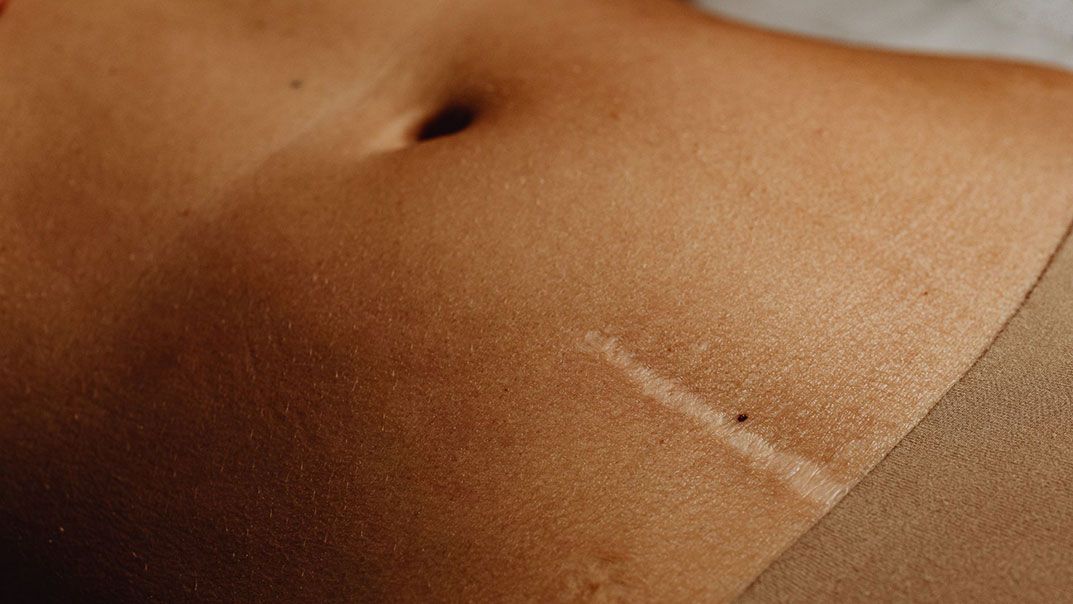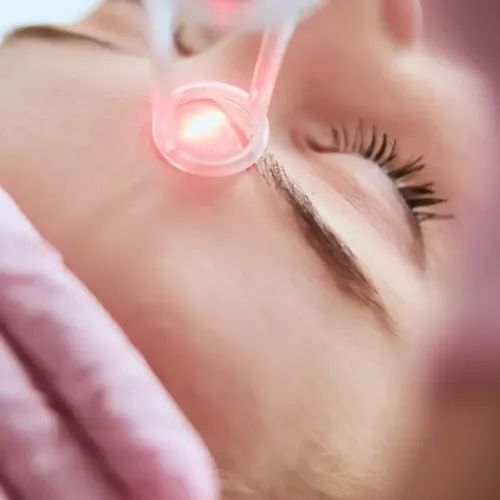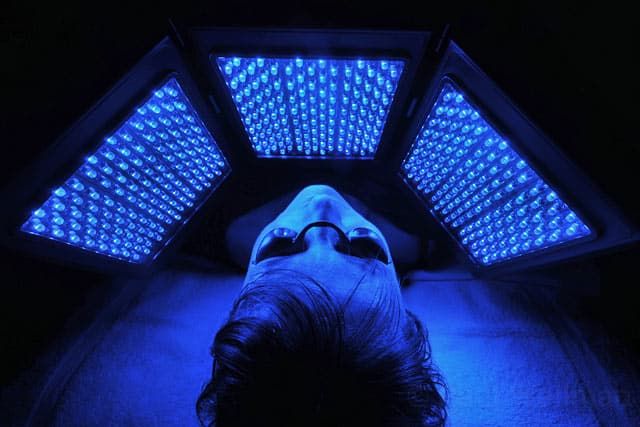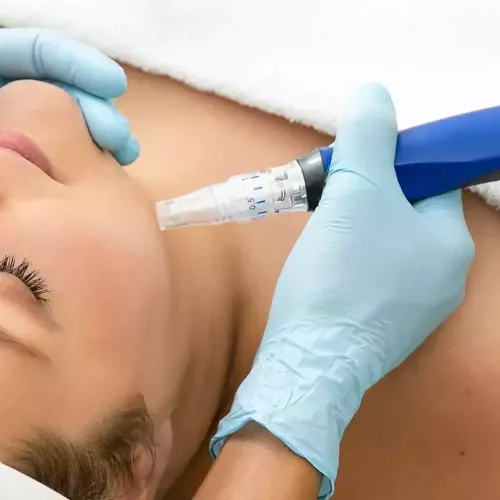Les cicatrices peuvent avoir un impact considérable sur notre apparence et notre bien-être.
Que ce soit à la suite d'une chirurgie, d'une blessure, ou d'une affection cutanée, beaucoup souhaitent minimiser ces marques.

Bilan personnalisé
Chaque type d’intervention répond à des besoins spécifiques. Pour choisir la solution la plus adaptée, une consultation avec un chirurgien qualifié est essentielle.
Prendre rendez-vousQu'est-ce qu'une cicatrice ?
Suite à de l’acné sévère ou à une blessure, une cicatrice plus ou moins importante se forme.
Lors du processus de réparation, la production de collagène vise à fermer la plaie.
Parfois, ce processus ne se fait pas de manière homogène et crée une marque visible.
La forme, la taille et l'apparence de la cicatrice dépendent l'intensité de la blessure, sa localisation, du type de peau, et la façon dont la peau cicatrise.

Le processus de formation d'une cicatrice
Dès qu'une plaie se forme, le corps réagit immédiatement pour empêcher l'infection.
Le sang commence à coaguler, formant une croûte protectrice sur la plaie.
Les vaisseaux sanguins se contractent pour limiter la perte de sang, et les cellules immunitaires se rendent sur les lieux pour nettoyer la plaie, éliminer les germes et prévenir l'infection.
Pendant cette phase, la peau commence à se régénérer.
De nouvelles cellules cutanées (les kératinocytes) et des tissus conjonctifs (fibres de collagène) se forment pour réparer la plaie. Les fibroblastes produisent du collagène qui va aider à refermer la plaie. À ce stade, la cicatrice est souvent rouge ou rose et peut-être légèrement en relief.
Au fur et à mesure que la plaie se referme, la cicatrice entre dans une phase de maturation. Les fibres de collagène se réorganisent et la cicatrice se stabilise. Elle peut se décolorer et devenir plus plate.
Cependant, la cicatrice n'est jamais complètement identique à la peau d'origine, car le processus de réparation ne permet pas toujours de reproduire parfaitement la structure de la peau saine.
Les différents types de cicatrices
Plusieurs types de cicatrices existent.
Certaines sont plus ou moins visibles selon le processus de guérison et des facteurs tels que la génétique, le type de peau, l’âge et les soins apportés.
Les cicatrices hypertrophiques
Ces cicatrices sont rouges, surélevées et peuvent être douloureuses.
Elles surviennent généralement lorsque le corps produit trop de collagène pendant la guérison. Elles sont souvent visibles, mais peuvent s'estomper avec le temps.
Les cicatrices atrophiques
Ce type de cicatrice est caractérisé par un affaissement de la peau, comme c'est le cas pour les cicatrices d’acné. Elles sont souvent petites et creuses, ce qui rend leur traitement plus complexe.
Les cicatrices chéloïdes
Similaires aux précédentes, les chéloïdes dépassent largement les bords de la plaie initiale et peuvent se développer sur une longue période. Elles peuvent provoquer des démangeaisons et des douleurs, et sont parfois difficiles à traiter.
Les cicatrices contracturées
Les cicatrices contracturées se forment après de grandes blessures ou brûlures.
Le resserrement des tissus peut tirer la peau et limiter la mobilité. Ces cicatrices nécessitent une attention particulière pour éviter les complications fonctionnelles.
Nos solutions en médecine esthétique
Afin d’améliorer l'apparence des cicatrices, des traitements esthétiques peuvent être envisagés.
Une première consultation est essentielle pour déterminer lesquelles seront adaptées.



